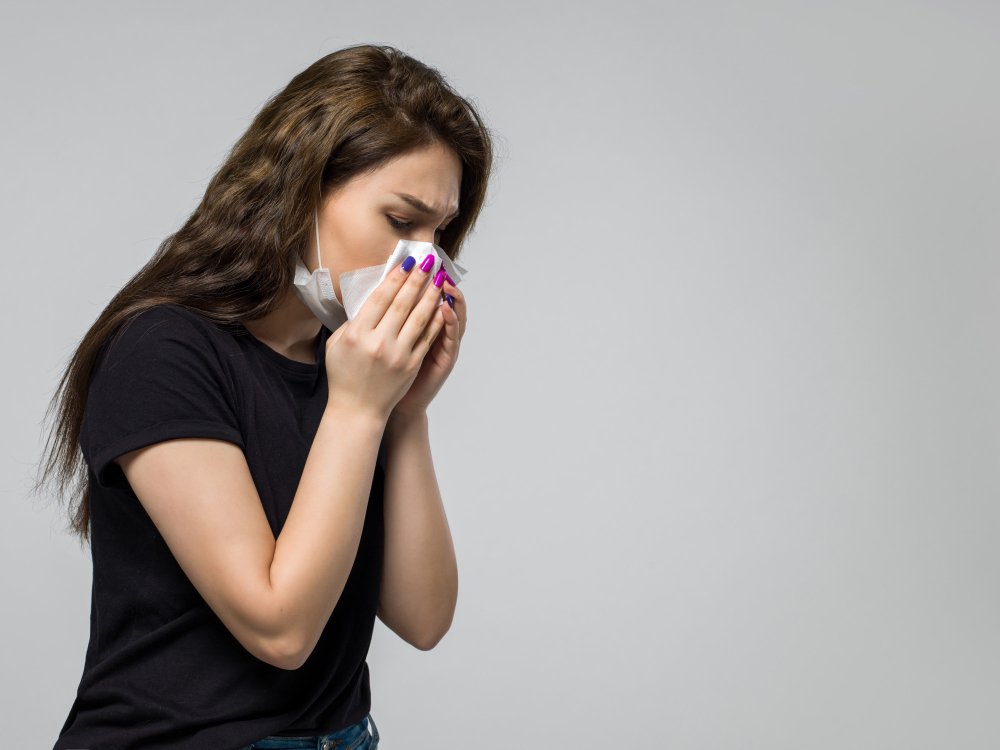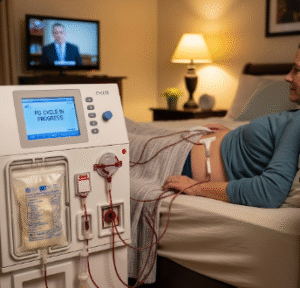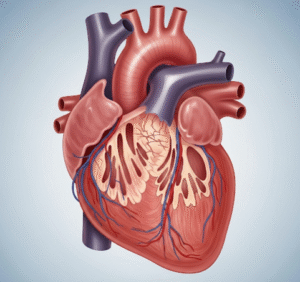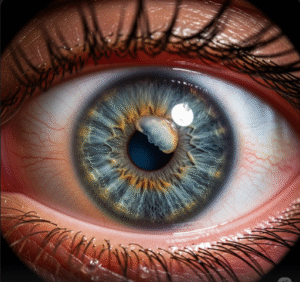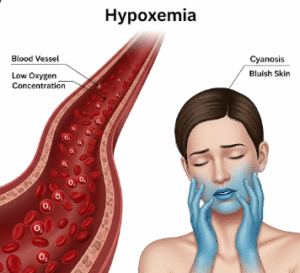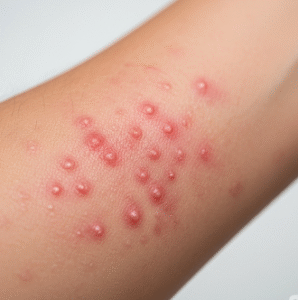Overview
Anaphylactic shock is a severe, potentially life-threatening allergic reaction that can occur rapidly after exposure to an allergen. It requires immediate emergency medical attention to prevent serious complications or death. Common triggers include foods, insect stings, medications, or latex.
What is Anaphylactic Shock?
Anaphylactic shock, also known as anaphylaxis, is a systemic hypersensitivity reaction that affects multiple organ systems. It causes the release of histamine and other chemicals from the immune system, leading to a sudden drop in blood pressure, airway constriction, and severe swelling. Without prompt treatment, anaphylaxis can progress to unconsciousness and cardiac arrest.
Symptoms
Anaphylaxis usually occurs within minutes of exposure to an allergen. Common symptoms include:
- Sudden difficulty breathing or wheezing
- Swelling of the face, lips, throat, or tongue
- Rapid or weak pulse
- Skin reactions (hives, itching, redness)
- Nausea, vomiting, or diarrhea
- Dizziness or fainting
- Low blood pressure (shock)
- Loss of consciousness in severe cases
Causes
Anaphylactic shock can be triggered by:
- Foods: Peanuts, shellfish, eggs, milk, tree nuts, etc.
- Medications: Antibiotics (e.g., penicillin), NSAIDs, anesthesia agents
- Insect stings: Bees, wasps, hornets, ants
- Latex: Common in medical gloves or equipment
- Exercise: Rarely, physical activity can trigger anaphylaxis, especially with food intake
- Unknown causes (idiopathic): In some cases, the exact trigger cannot be identified
Risk Factors
- Previous anaphylactic reactions
- Known allergies or asthma
- Family history of anaphylaxis
- Use of beta-blockers (can worsen the reaction)
- Mast cell disorders
Complications
- Cardiac arrest
- Respiratory failure
- Brain damage due to lack of oxygen
- Death if untreated
- Anxiety or fear of recurrence
Prevention
- Avoid known allergens (label reading, dietary restrictions)
- Carry an epinephrine auto-injector (e.g., EpiPen) at all times
- Wear a medical alert bracelet
- Undergo allergy testing for identification of triggers
- Desensitization therapy (allergen immunotherapy) when appropriate
- Inform healthcare providers about all known allergies
Treatment Options in Korea
Korea has advanced facilities and expertise for managing anaphylactic reactions and allergy-related conditions:
Emergency Management:
- Immediate intramuscular injection of epinephrine
- Oxygen therapy and IV fluids for shock
- Antihistamines and corticosteroids to control inflammation
- Airway management (intubation if necessary)
- Emergency care at top hospitals including Seoul National University Hospital, Samsung Medical Center, and Asan Medical Center
Allergy Testing and Management:
- Skin prick and blood (IgE) testing to identify specific allergens
- Desensitization or immunotherapy for environmental or insect allergies
- Personalized allergy avoidance education and safety planning
Ongoing Care:
- Prescription and training for epinephrine auto-injector use
- Counseling for patients and families about emergency response
- Pediatric allergy services available in specialized children’s hospitals
Clinical Research & Support:
- Korea actively participates in allergy-related clinical trials and preventive research
- Support groups and online education resources are available for chronic allergy sufferers

